
In America, certain things are so normal that people barely notice them. However, once you leave the country, those everyday comforts suddenly feel like real luxuries. Whether it’s grabbing a huge iced drink on the go, using a garbage disposal after dinner, or walking into a store that’s open all night, these 15 small conveniences make life feel smooth and easy.
Free Public Restrooms
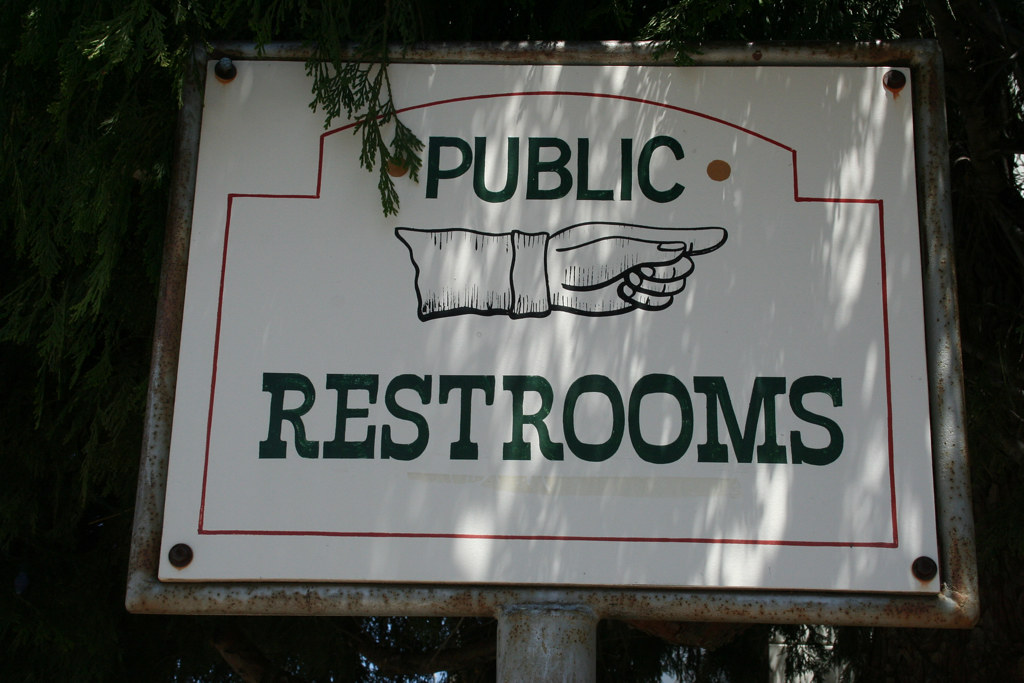
In America, you can walk into a fast food place, a gas station, or a big store and find a bathroom without needing to pay or explain yourself. But in many European cities, public restrooms come with a fee, and it’s not always easy to find one quickly. What feels like a basic right in the U.S. can actually feel like a small luxury when you’re overseas.
Ice in Drinks
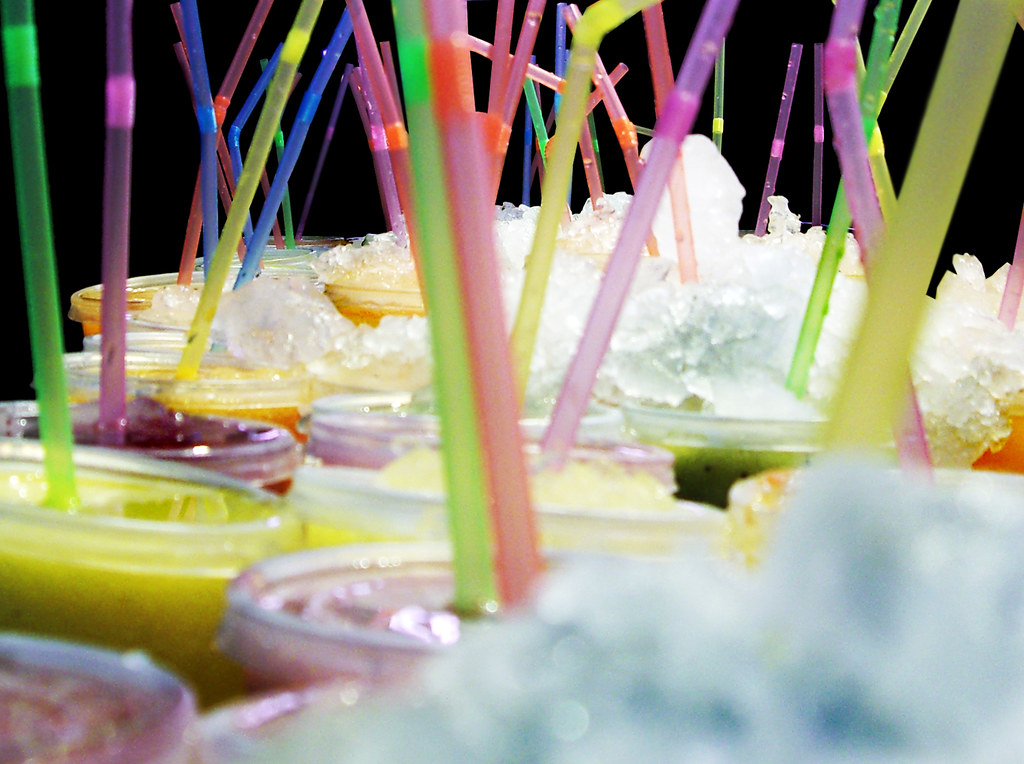
Ordering a soda or water in the U.S. almost always means you’ll get a tall glass filled with ice, even in winter. In Europe, drinks are often served at room temperature or just slightly chilled, with no ice unless you ask, and even then, you might only get one or two cubes. That constant cold drink you don’t even think about in America suddenly feels like a special treat abroad.
Large Drink Sizes
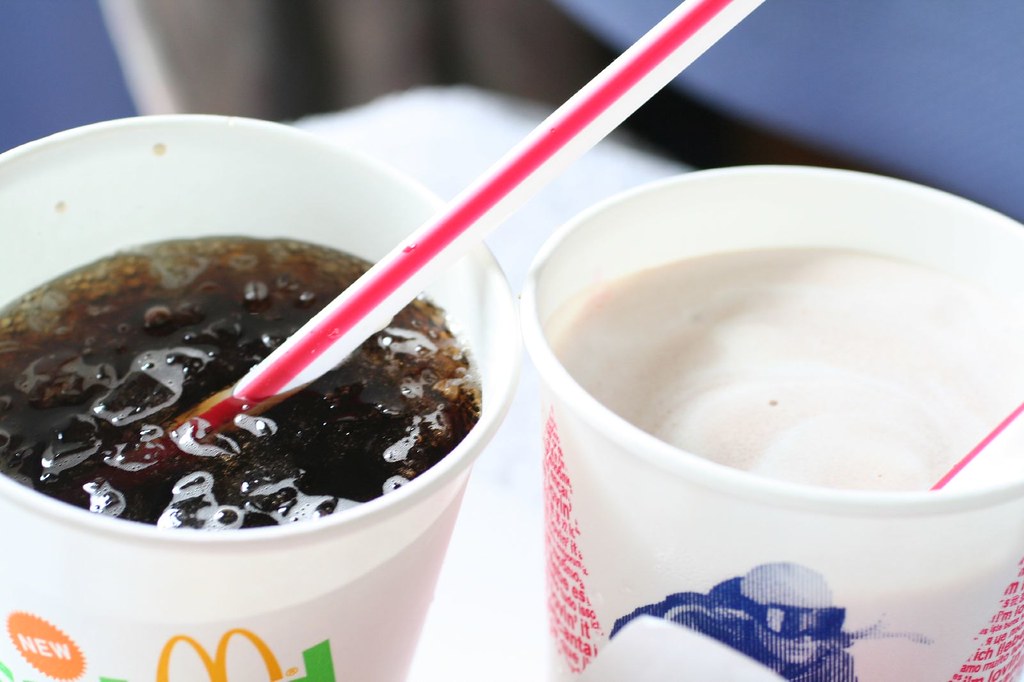
In the U.S., a medium drink can be huge, and a large is practically a bucket. But in Europe, drink sizes are much smaller, and free refills are rare. Americans are used to sipping giant iced coffees and super-sized sodas, but when you’re in Europe, those giant cups start to feel like something you’d only find in a movie theater, if at all.
Air Conditioning Everywhere
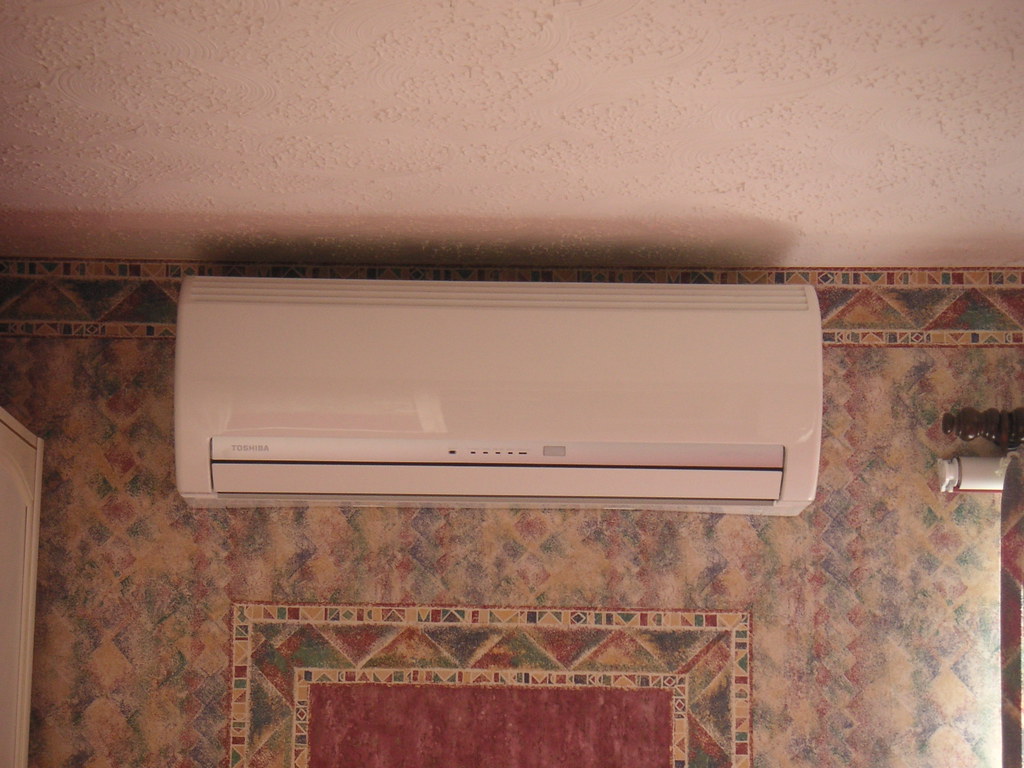
Most places in the U.S., like homes, stores, and restaurants, are cooled by strong air conditioning in the summer. However, in Europe, many buildings still rely on open windows and fans, especially in older cities. When you’re used to stepping into cool air on a hot day, not having AC everywhere makes you realize just how much of a luxury it really is.
Drive-Thrus for Everything
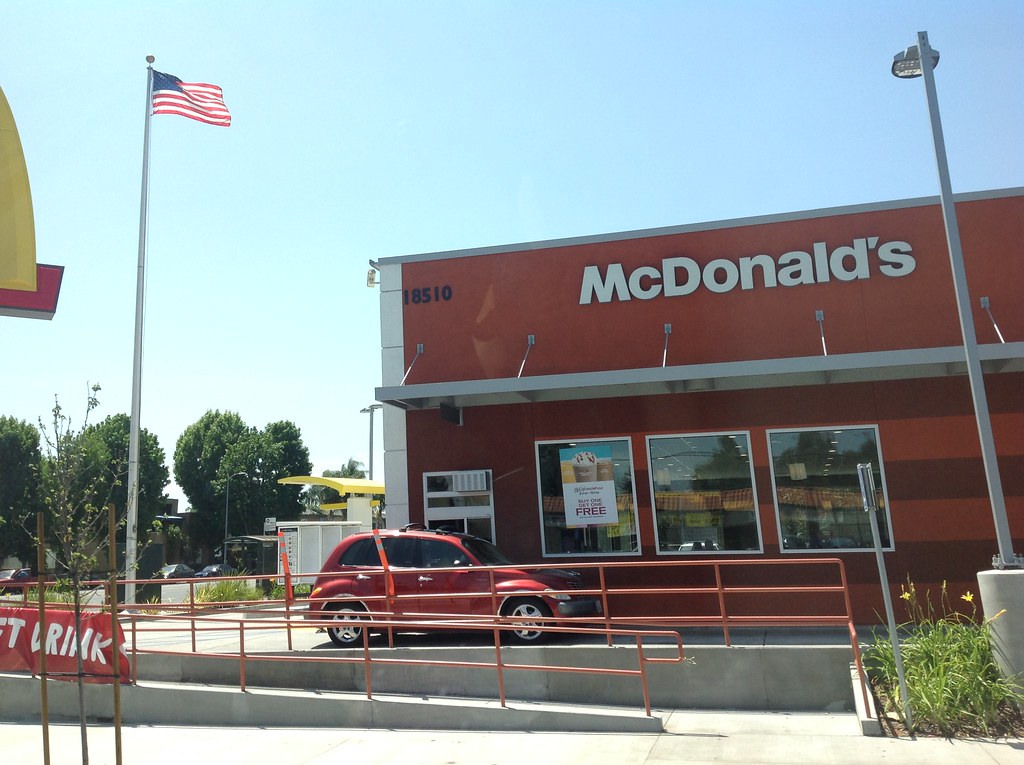
In the U.S., you can get coffee, fast food, prescriptions, and even banking done without ever leaving your car. But in Europe, drive-thrus are far less common, and most errands involve parking and going inside. The convenience of never leaving your car feels surprisingly high-end when you’re suddenly walking everywhere with no quick lane in sight.
Free Refills

In the U.S., if you finish your drink at a sit-down restaurant, there’s a good chance your server will top it off without even asking. Free refills are just part of the culture. However, in Europe, that second glass usually means a second charge, and sometimes even the water costs money. What Americans see as normal often feels like an extra perk across the Atlantic.
24-Hour Stores
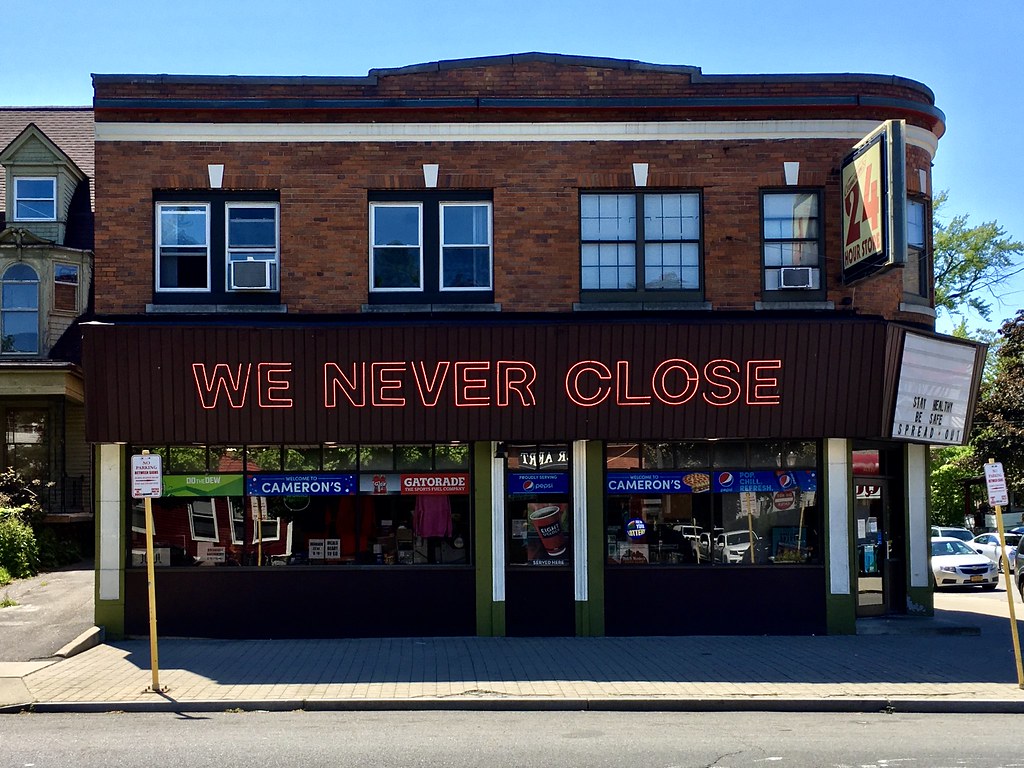
Whether it’s late at night or super early in the morning, you can always count on finding a 24-hour store or gas station open somewhere in America. In Europe, stores tend to close earlier, and Sundays are often quiet with everything shut down. That ability to buy snacks at 2 a.m. or grab last-minute groceries after work feels like a real privilege once it’s gone.
Grocery Bagging by Cashiers
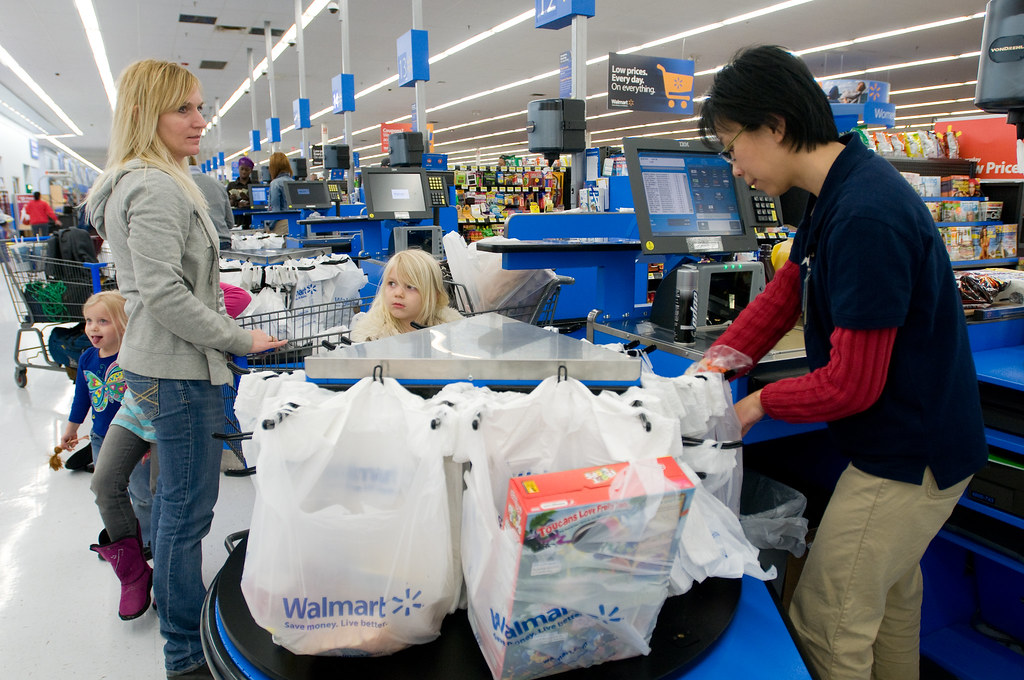
In the U.S., store employees usually bag your groceries for you, and sometimes, there’s even someone whose job is to do that. In Europe, shoppers are expected to bag their own items while the next person’s groceries pile up behind yours. Having someone help you pack everything neatly into your bags starts to feel like top-tier service.
Free Water at Restaurants

In the U.S., you sit at a restaurant, and water shows up almost instantly without questions being asked. In many parts of Europe, you have to ask for water, and even then, it might come bottled, and it’ll be on the bill. Getting free tap water with your meal seems so simple, but it’s surprisingly rare in many other countries.
Big Refrigerators
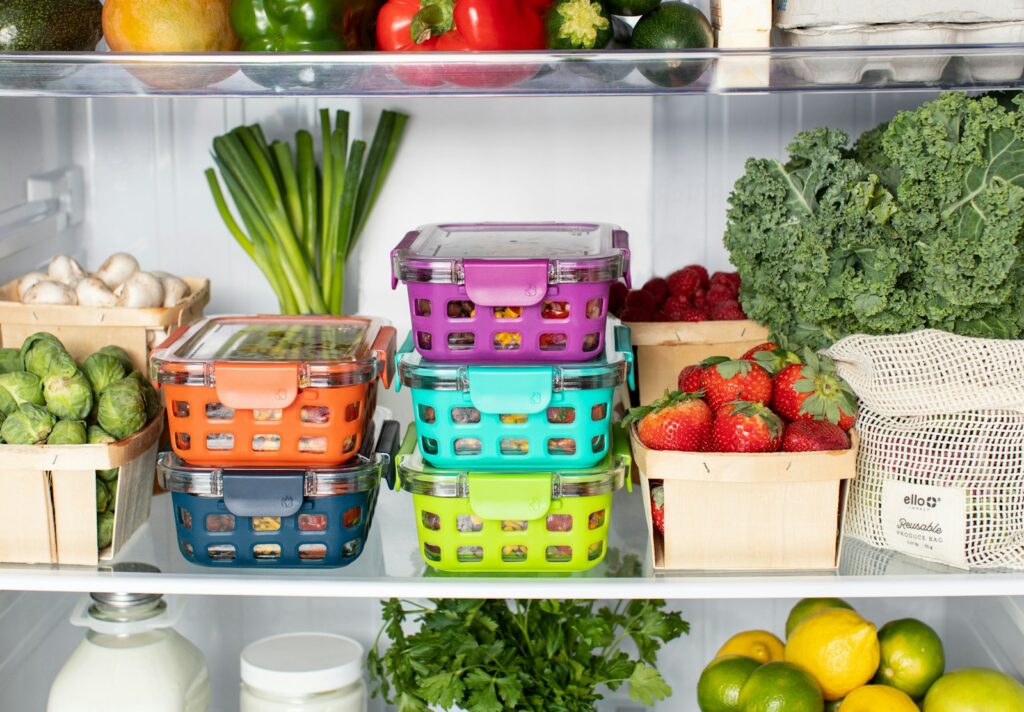
American kitchens often come with large refrigerators that can hold a week’s worth of groceries and then some. But in Europe, especially in cities, fridges are much smaller, and people shop more often in smaller amounts. That huge fridge you don’t think twice about back home suddenly seems like a serious upgrade when you’re squeezing milk into a tight shelf space.
Garbage Disposals
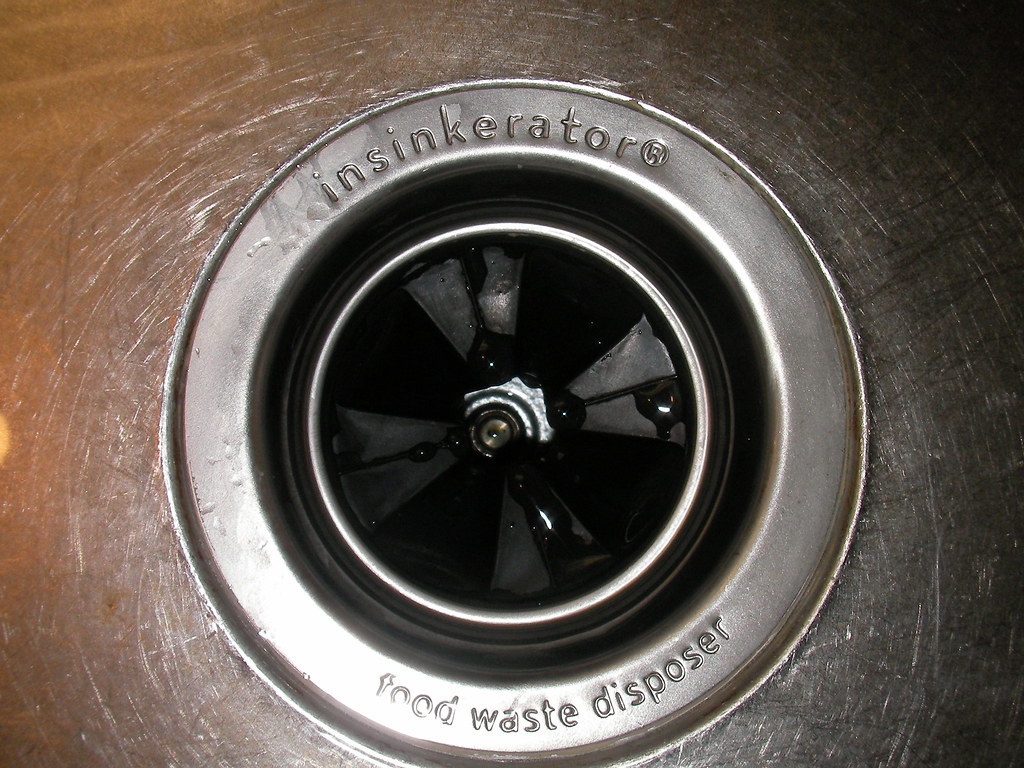
Most American kitchens have that switch near the sink that grinds up food scraps in seconds. It’s fast, easy, and keeps the trash from smelling. However, in Europe, garbage disposal is rare, and food waste usually goes in the bin or compost. Once you’ve lived without one, that little switch starts to feel like some kind of secret weapon in the kitchen.
Wide Roads and Big Parking Lots
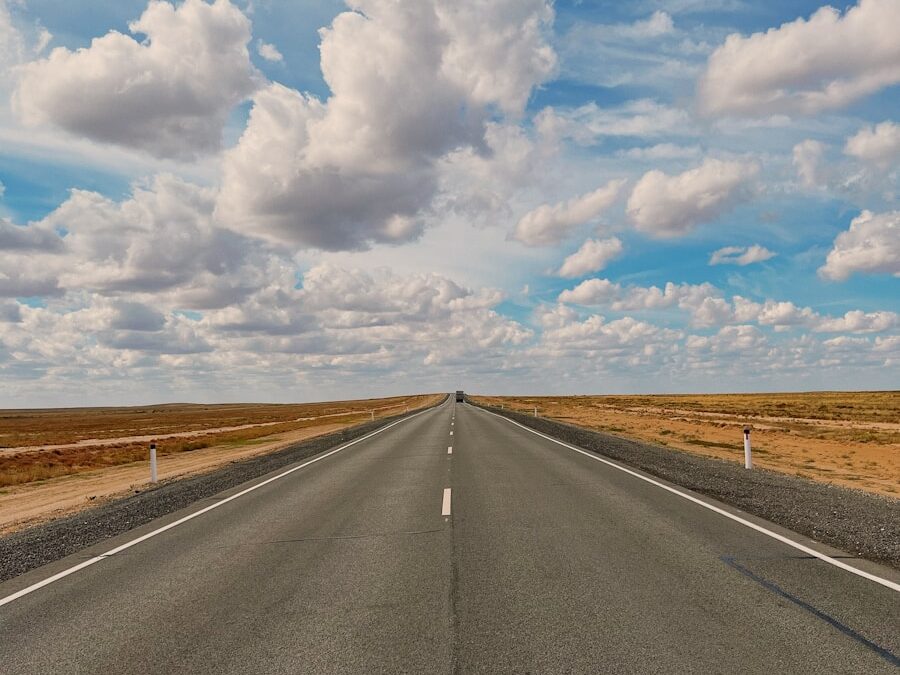
Driving in the U.S. means lots of space, like wide lanes, roomy intersections, and giant parking lots everywhere. In Europe, especially in older towns, roads are narrow, and parking can feel like a treasure hunt. Just being able to pull into a big, free parking space without circling the block twenty times feels oddly luxurious when you’re abroad.
Clothes Dryers

In America, tossing your laundry into a dryer is just part of the routine. In Europe, dryers are much less common, and people often hang clothes out to dry, even in winter. It works fine, but waiting all day (or longer) for jeans to dry makes you miss the speed and softness of an American dryer real quick.
Screens on Windows

In most U.S. homes, windows come with built-in screens that let air in and keep bugs out. In Europe, screens aren’t standard, so if you open a window on a warm day, you might be inviting flies or mosquitoes into your room. That simple mesh you never noticed back home suddenly feels like a clever piece of engineering.
Ice Makers in Fridges
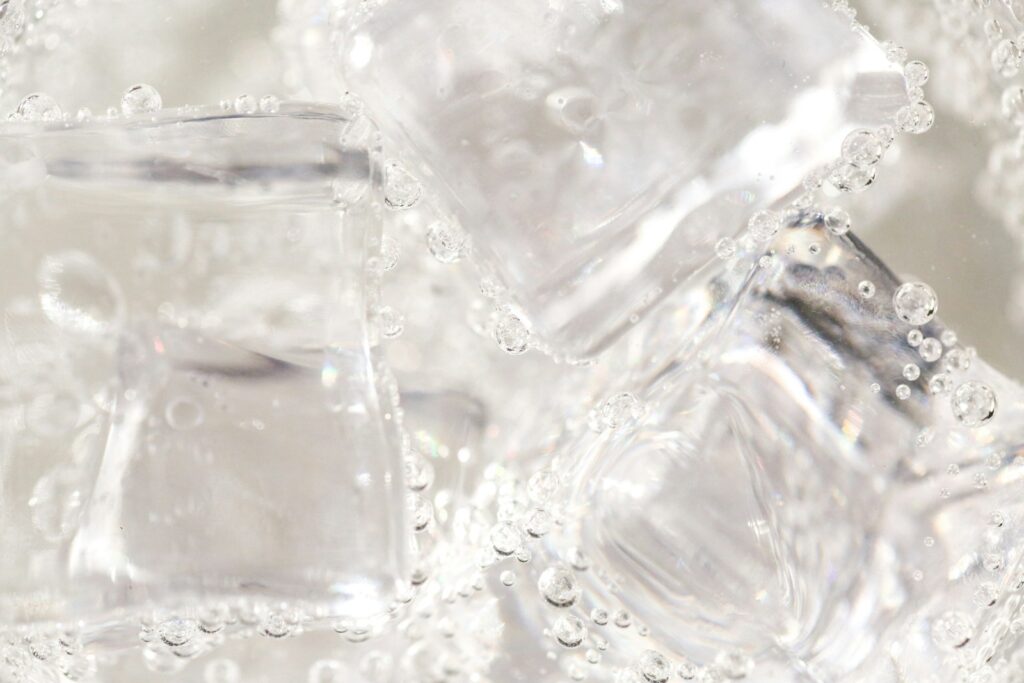
It’s easy to forget how nice it is to push a button and get ice right from your fridge door. In Europe, most people don’t have built-in ice makers, and if you want ice, you need to make it yourself and wait for it to freeze. That instant clatter of ice cubes dropping into your glass starts to feel strangely fancy when you no longer have it.
Credit Card Acceptance Everywhere

In the U.S., you can pay for a packet of gum with a credit card almost anywhere, no questions asked. In Europe, smaller shops, cafes, or even whole towns may prefer cash or charge a fee for cards. Not having to carry cash and knowing your card will work everywhere starts to feel like financial freedom once you travel without it.
Free Condiments

Walk into any fast food place in the U.S., and you’ll usually find a whole station full of free ketchup, mustard, hot sauce, and more. In Europe, condiments are often handed out in small packets, and they might charge you for extras. That big pile of ketchup packets you grab without thinking? Yeah, that’s not a thing overseas.
Accessible Ice Water To-Go

Filling up a giant insulated tumbler with ice water before heading out is something a lot of Americans do daily. In Europe, reusable water bottles are popular, too, but it’s harder to find ice or even free water refill stations. That simple habit of staying icy cold and hydrated on the go suddenly feels like a small but mighty luxury.
Takeout Variety and Delivery Speed
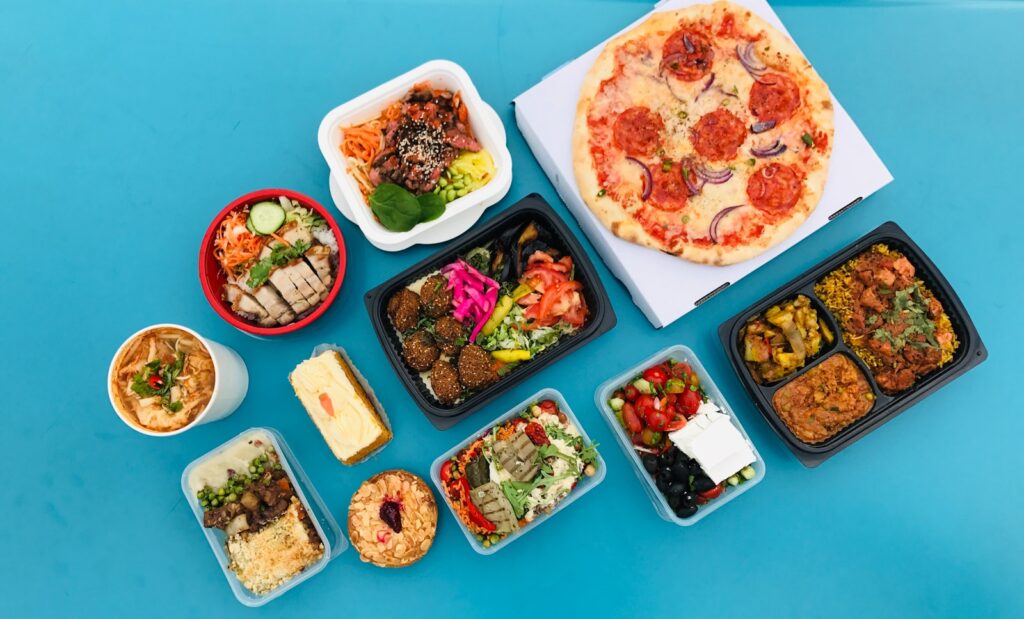
In the U.S., you can get about any kind of food delivered to your door fast—from pancakes to sushi to wings, even late at night. In Europe, takeout isn’t always as common or as fast, especially in smaller towns. Having endless options at your fingertips, delivered hot within the hour, makes American food delivery feel pretty next-level.
Big To-Go Cups for Coffee
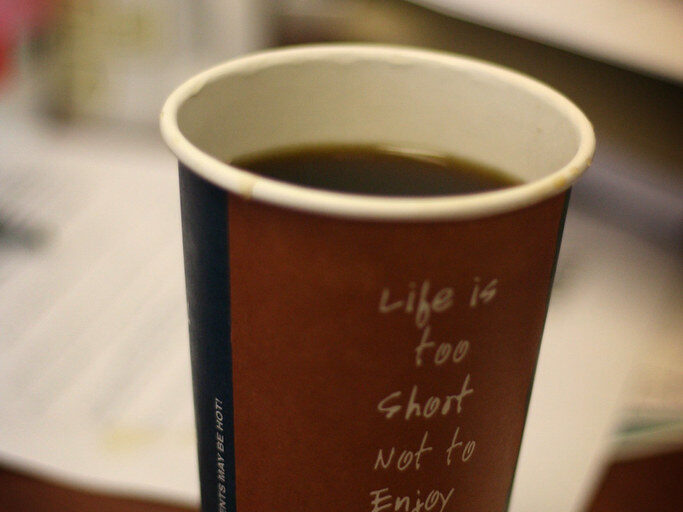
American coffee shops don’t hold back: venti iced coffee, extra whip, triple shot, the works, all in giant cups that you can walk around with for hours. In Europe, coffee is more of a sit-down thing, and to-go cups are much smaller. That massive, travel-friendly cup you sip on during your commute? Total comfort that’s hard to find elsewhere.
